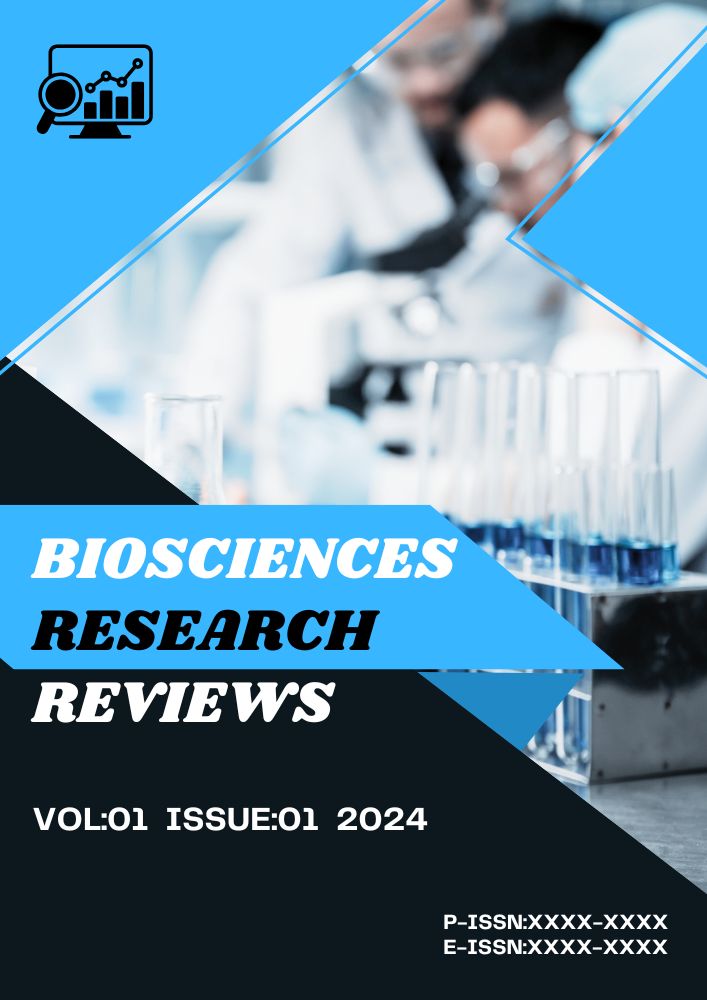PHARMACOLOGICAL CHEMISTRY OF ANTIVIRAL DRUGS: MECHANISMS OF ACTION AND CHALLENGES IN TREATING EMERGING VIRAL DISEASES
Keywords:
Antiviral Drugs, Pharmacological Chemistry, Emerging Viruses, Drug ResistanceAbstract
Viral diseases transgress the engraved phenomenon of modern day disease a pandemic, that calls for the advent of proper antiviral therapeutics; for a medicine or state of medicine that functions by targeting some parts or components of the virus, inhibiting its replication, and modulating immune responses of the host. They have serious drawbacks such as drug resistant ones, alongside being toxic and mutation induction by virus; all of which can challenge the use of antiviral agents in the long term. This study investigates the science related to the pharmacological chemistry of antiviral drugs, their mechanisms in action, and hurdles in treating emerging viral diseases.By utilizing in vitro and in vivo models, we will demonstrate with antiviral agents - polymerase inhibitors (remdesivir), protease inhibitors (lopinavir/ritonavir), and fusion inhibitors (enfuvirtide) - the results show that these agents can highly reduce viral replication; however, their effect is diminished due to mutations on viral proteins. Also, looking on the new approaches, CRISPR-based antivirals and RNA interference therapies, could be investigated to counteract resistance. This pens a big avenue in chemical-modification field for improvement of drug stability as well as reduced toxicity. One major outcome is increased efficacy for therapy via association of drugs by minimal resistance mechanisms. Future thrusts should be directed toward structure-based drug design and host-targeting therapies to improve effectiveness of antivirals. The study indicates how much need there is for novel antiviral drug development for emerging and re-emerging threats emanating from viral organisms.




